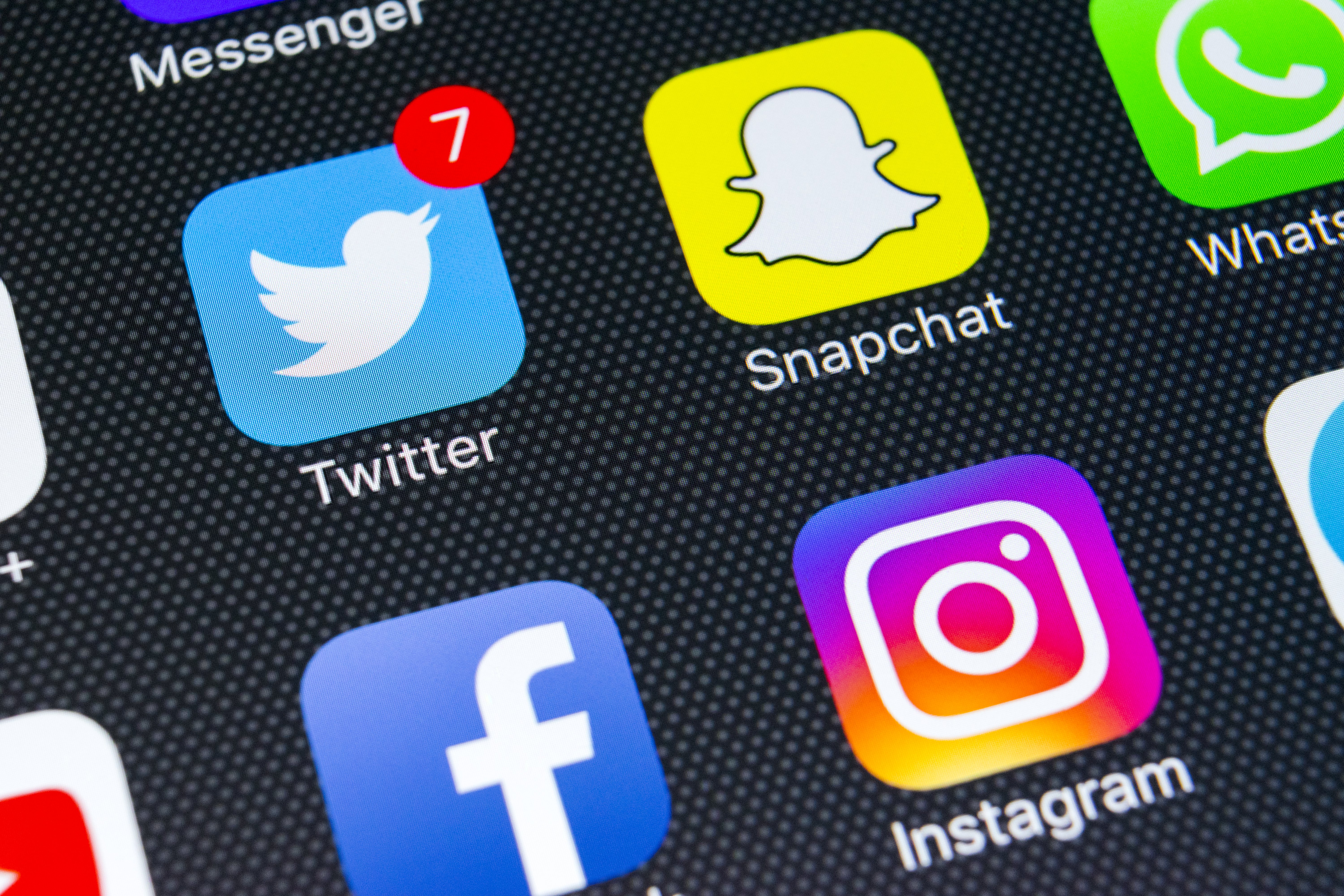HIMSS21: Facebook, YouTube say stamping out COVID misinformation is much more than ‘plucking all the weeds’

From infectious 5G networks to vaccine-induced magnetism, the issue of online misinformation has been something of a constant throughout the pandemic.
Online conspiracy theories that spread across online platforms like wildfire have been highlighted by researchers, clinicians, professional organizations, public health leaders, lawmakers and even the president as a direct contributor to the spread of COVID-19.
With public health campaigns surrounding face mask wearing and vaccination hanging in the balance, these stakeholders have called on social media giants time and again to step up their efforts and stamp out online misinformation.
“Health misinformation is an urgent threat to public health. It can cause confusion, sow mistrust and undermine public health efforts, including our ongoing work to end the COVID-19 pandemic,” U.S. Surgeon General Vivek Murthy, M.D., said in a July advisory statement warning the public of health misinformation.
“From the tech and social media companies who must do more to address the spread on their platforms, to all of us identifying and avoiding sharing misinformation, tackling this challenge will require an all-of-society approach, but it is critical for the long-term health of our nation.”
This isn’t to say social media platforms have been fully hands-off during the pandemic. In a panel broadcast last week as part of HIMSS21 Digital, healthcare leaders from YouTube and Facebook said their platforms had, to date, removed more than 800,000 and 18 million pieces of debunked content, respectively.
What those platforms have come to realize in the past year, however, is that combating misinformation is more than playing whack-a-mole with specific content or sources.
“I see this whole thing as a garden. Misinformation is plucking all the weeds, but you’ve got to replace it with good information … and you’ve got to make sure you have the garden supplied with engaging kinds of information,” Garth Graham, M.D., director and global head of healthcare and public health at YouTube and previously CVS’ chief community health officer.
“I think the lesson learned here was certainly … this proactive idea of replacing that with the kind of information that will satisfy what people were looking for.”
People who go online and seek out information about COVID-19 often do so because they are seeking guidance for themselves or their loved ones, Kang-Xing Jin, head of health at Facebook, said during the virtual panel. Removing bad information doesn’t address that core need, he said.
“A big part of a long-term solution is actually connecting people to accessible, trusted information so we get those questions answered,” Jin said. “That’s why we’re investing so much in those efforts as well, and it’s been reassuring to see that some of these are having an impact.”
Best practices surrounding the development and delivery of that proactive content were learned the hard way over the course of the pandemic. The key takeaways here, they said, involved the source of that information or sentiment and the speed at which it is communicated.
Facebook has launched a handful of programs over the last several months with authoritative government agencies and health groups such as the World Health Organization to develop infographics, update alerts and other information that could be attributed to a credible source, Jin said, and have demonstrated success either through high subscription rates or larger-scale trends in health behaviors.
YouTube, meanwhile, partnered with the Kaiser Family Foundation on an effort to develop video content featuring minority physicians that can help better persuade local communities, Graham said. The platform also announced last month that it was partnering with Mass General Brigham and other authoritative sources to build evidence-based videos on complex health and science topics such as mRNA research and heart health.
RELATED: YouTube partners with Mass General on health content amid misinformation backlash
The primary mindset behind these types of partnerships is trust and consistency, said Darius Walker, senior vice president and senior executive producer at CBSN, CBS News’ 24-hour streaming network. Whether it’s a social media platform or online news, information about long-term issues like a pandemic is best communicated from authoritative sources that can provide clear and accurate guidance from the start.
“Our audience is made up of a variety of different backgrounds; their education levels are different, so really what we want to do is make sure we have consistency in our messaging,” he said during the digital panel. “That’s why we go to specific individuals that we put on constantly and consistently—to make sure that we’re giving the audience the right information and clarifying a lot.”
Similar to the idea of trustworthy sources, Jin noted many users will lean on their peers for guidance when things get complicated. Specifically, on the topic of mask wearing, a “challenge we learned a lot from,” shifting guidance and other mixed messages had many Facebook and Instagram users looking to their social circles for an idea of how to respond.
“One of the most effective strategies we and our partners found [for mask wearing] was amplifying content from people you know or trust who are wearing masks and explaining why they did so,” Jin said. “In some cases, that approach actually performed better than just information.”
Regardless of the exact situation or tactic, the platform heads said timeliness was a constant for proactive health information initiatives.
RELATED: Congress grills Facebook, tech CEOs over COVID-19 misinformation
The general public is no longer looking to flyers, billboards or other analog mediums for information, nor are they always waiting for the traditional peer-review process when it comes to novel scientific data, they said.
While that demand for instant information makes them susceptible to whatever they may find online first, Jin argued that it also drives home the case for social media platforms as a valuable extension of public health programs.
“Some of these new channels actually offer new opportunities to help people get credible, trusted information in real time,” he said. “We invested pretty heavily in WhatsApp and making it possible for governments and ministries of health to help their citizens get updated. So, I think one of the early success cases was in Singapore where something like 20% of the entire population signed up for real-time updates from their government in a matter of weeks.”
For Graham, the major takeaway for the healthcare system is that these behaviors will extend beyond the COVID-19 pandemic. With the risk of misinformation in mind, he said it should no longer require 10 or so years for researchers and providers to communicate novel health information as actionable health guidance.
“We should continue to be able to use all the experiences we collected and have on our platform translating science to the community and do it for other things. Think about doing that for hypertension, think about doing that for coronary heart disease,” he said. “The impact that we’re seeing shows that these avenues, these strategies work, and we should keep that in mind as we move into some form of a post-COVID era around public health and science and ways that we can motivate the community to make the right decisions about their health.”


